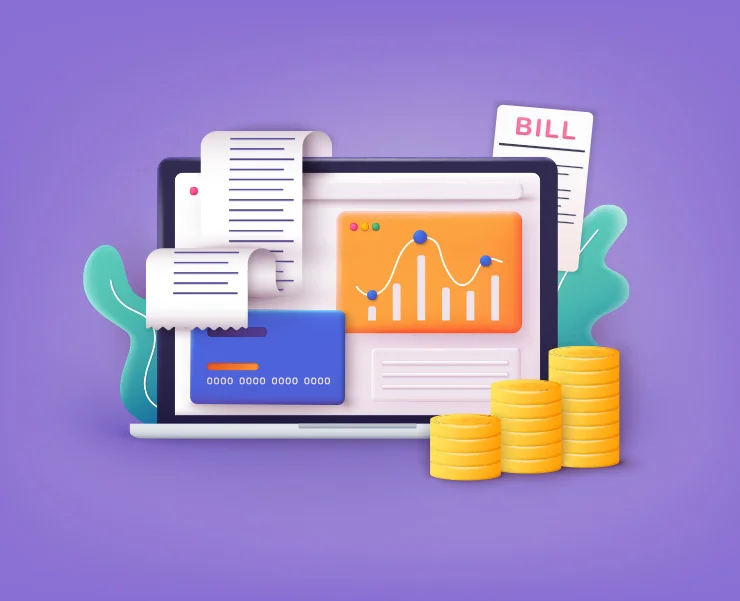Rebuilding Your Finances After Divorce: A Step-by-Step Guide
Divorce is undoubtedly one of lifes most challenging transitions, both emotionally and financially. It can feel overwhelming to split assets, adjust to a single income, and plan for future financial security. However, with a clear strategy, you can regain financial stability and rebuild your wealth. This guide outlines key steps to help you take control of your finances post-divorce, ensuring a secure and independent future.
Step 1: Assess Your Financial Position
Before moving forward, its essential to take stock of your current financial situation. Here’s how to do it:
- List Your Assets and Debts: Include everything from bank accounts and property to superannuation, loans, and credit card balances.
- Review Income and Expenses: Identify your essential costs and consider potential adjustments to match your new financial reality.
- Check Your Credit Score: Ensure your credit health is intact to maintain your borrowing power in the future.
Tip: If necessary, work with a financial planner to assess your post-divorce financial landscape.
Step 2: Adjust Your Budget to Your New Circumstances
Transitioning from a dual income to a single income requires a fresh budgeting approach. Here’s what to focus on:
- Prioritise Essential Expenses: Concentrate on housing, utilities, groceries, and insurance.
- Reduce Unnecessary Costs: Review subscriptions, memberships, and discretionary spending.
- Build an Emergency Fund: Aim to save at least three months’ worth of living expenses.
Utilising budgeting tools and apps can help you track spending and adjust your financial goals effectively.
Step 3: Manage Joint Accounts and Liabilities
It’s crucial to handle joint accounts and liabilities to avoid future complications:
- Close Joint Accounts: Ensure that any joint bank accounts and credit cards are closed or transferred.
- Refinance Loans: If you retained property, ensure mortgages and personal loans are transferred to your name alone.
- Check for Shared Financial Obligations: Make sure utility bills, insurance policies, and debts are properly reassigned.
Step 4: Review and Update Legal Financial Documents
Updating your financial and legal paperwork is vital after a divorce:
- Will and Estate Plan: Remove your former spouse from your will and power of attorney.
- Superannuation Beneficiaries: Update superannuation nominations to ensure assets go to your chosen beneficiaries.
- Insurance Policies: Review life, health, and income protection insurance to align with your new needs.
Step 5: Focus on Long-Term Financial Goals
Rebuilding finances isn’t just about cutting costs; its also about smart financial growth:
- Superannuation Rebuilding: If your super was split in the settlement, consider making additional contributions to recover lost savings.
- Reassess Retirement Plans: Adjust your retirement timelines based on your new financial situation.
- Start Investing: Explore shares, property, and ETFs to grow your wealth. Investing wisely post-divorce can help you rebuild financial independence faster.
Step 6: Plan for Future Financial Security
Rebuilding finances is a journey that requires careful planning:
- Consider Financial Advice: A professional can help you create a roadmap for financial stability and wealth creation.
- Look at New Income Opportunities: Whether its career progression, upskilling, or side income, boosting your earnings can fast-track your financial recovery.
Stay Positive: Remember, financial recovery takes time, but with consistent, smart decisions, you can achieve long-term success.
Final Thoughts
Rebuilding your finances after a divorce may seem daunting, but with the right strategy, budgeting, and investment approach, you can regain stability and set yourself up for a secure future.
If you need expert financial guidance, consider speaking with ActOn Wealth for a personalised strategy to rebuild your financial independence. Whether you’re in your 40s or 50s, taking charge of your financial future is always possible. If you’re in your 50s, you might be wondering how to invest or plan for retirement—don’t worry, youre not alone. Many Australians in midlife are taking stock of their finances and finding ways to make them work better for their future.



















